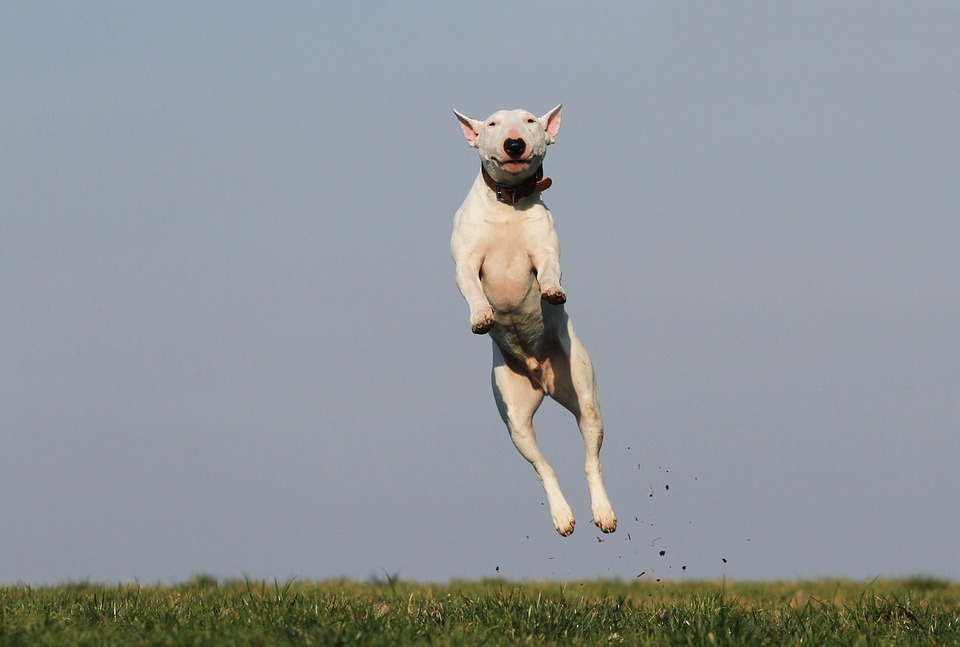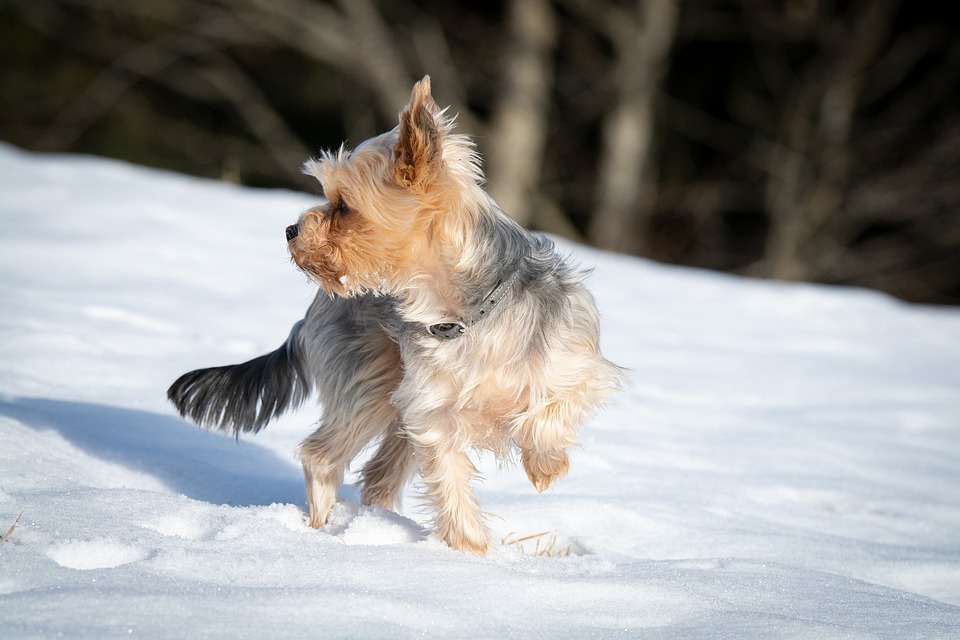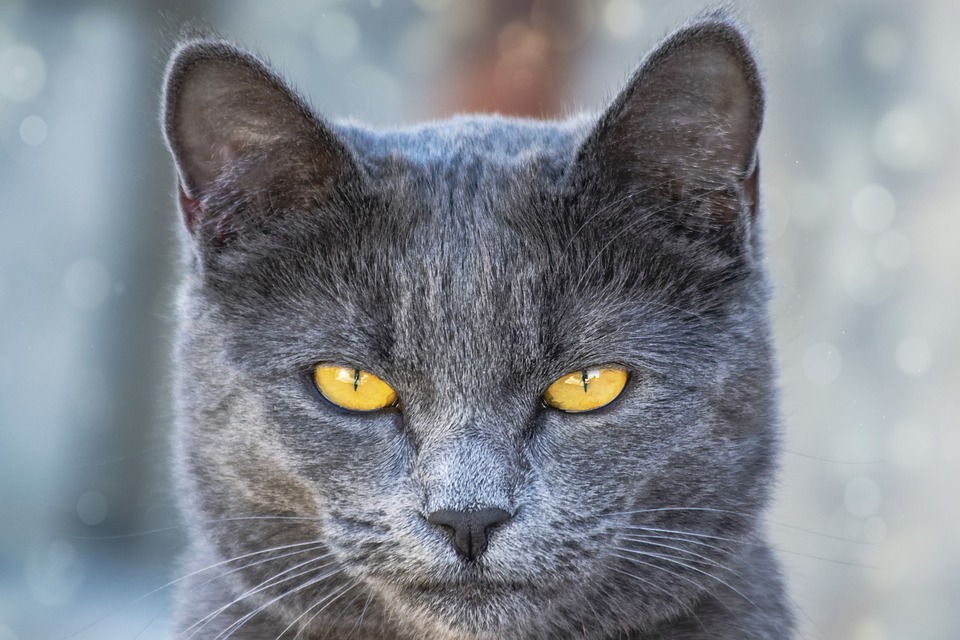In recent years, the threat of bird flu outbreaks has become a growing concern for public health officials around the world. While scientists and researchers are constantly monitoring for signs of the virus in poultry populations, a new study suggests that our furry friends – cats and dogs – could actually play a crucial role in detecting the presence of bird flu before it becomes a widespread outbreak.
The study, conducted by researchers at the University of California, Davis, found that cats and dogs have the ability to detect the presence of avian influenza virus in infected birds. This groundbreaking discovery could potentially revolutionize the way we approach monitoring and controlling the spread of bird flu in the future.
One of the key findings of the study was that cats and dogs have a heightened sense of smell that allows them to detect the unique odor associated with avian influenza virus. This means that these animals could potentially serve as early warning systems for detecting the virus in birds before it spreads to humans or other animals.
The researchers conducted experiments where they exposed cats and dogs to samples of infected birds and found that the animals were able to accurately identify the presence of the virus through their sense of smell. This ability could be harnessed in the future to develop new surveillance methods for detecting bird flu outbreaks in poultry populations.
In addition to their sense of smell, cats and dogs also have the potential to serve as sentinels for bird flu outbreaks due to their close proximity to humans. Many households have pets that interact with wild birds or poultry, making them more likely to come into contact with the virus. By monitoring the health and behavior of cats and dogs, researchers could potentially identify early signs of a bird flu outbreak in a specific area.
Furthermore, the study suggests that cats and dogs could be trained to detect the presence of avian influenza virus in the environment, similar to how dogs are trained to sniff out drugs or explosives. This could provide a cost-effective and efficient way to monitor for the virus in areas where traditional surveillance methods may be limited.
While the idea of using cats and dogs to detect bird flu outbreaks may seem unconventional, the potential benefits of this approach are significant. By leveraging the unique abilities of our furry companions, we could potentially improve our ability to detect and control the spread of avian influenza virus, ultimately protecting both animal and human populations from the devastating effects of a widespread outbreak.
In conclusion, the study conducted by researchers at the University of California, Davis highlights the untapped potential of cats and dogs in detecting bird flu outbreaks. By harnessing their keen sense of smell and close proximity to humans, these animals could play a crucial role in early detection and surveillance of the virus in the future. This innovative approach could revolutionize the way we approach monitoring and controlling bird flu outbreaks, ultimately leading to more effective strategies for preventing the spread of the virus.





